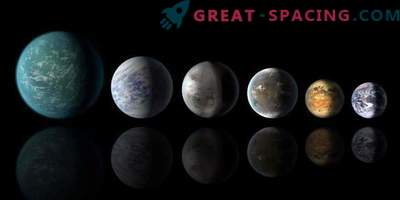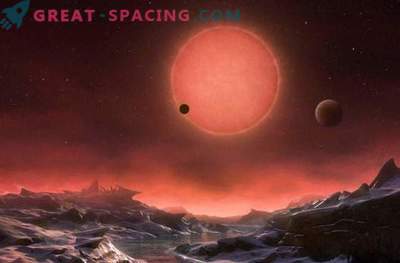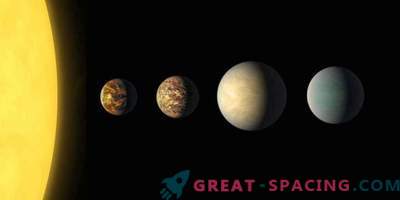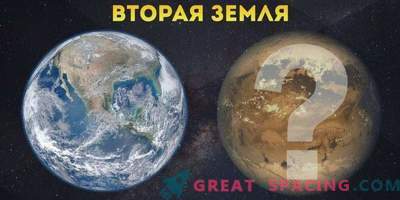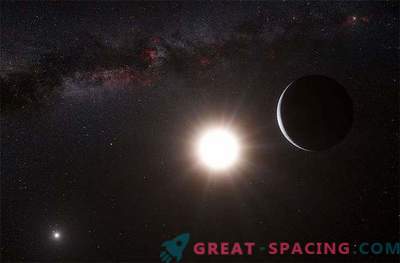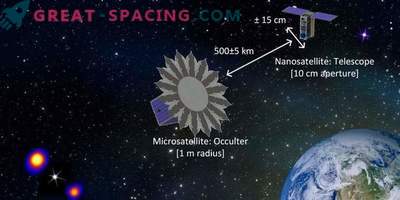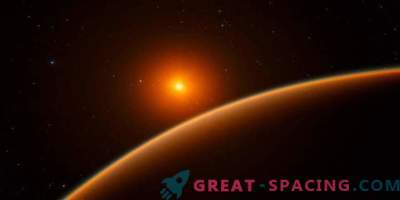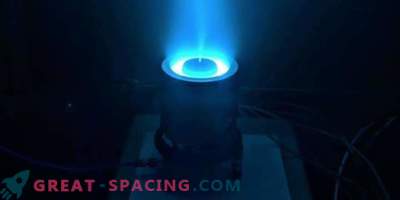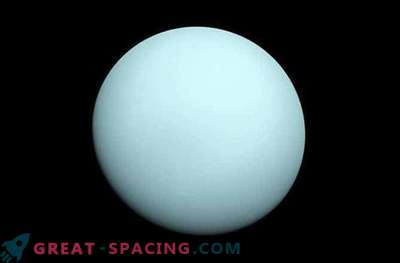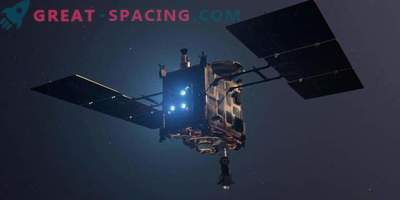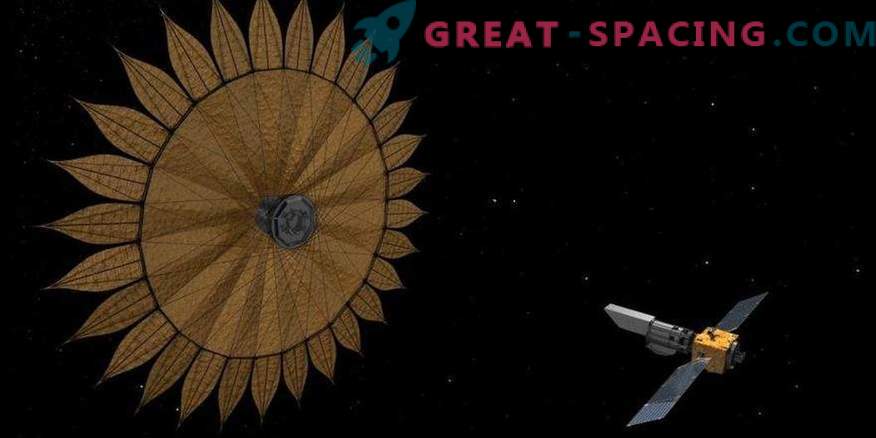
It seems that statements about the detection of exoplanets recently appear weekly, according to recent estimates, 961 of them are confirmed. But, nevertheless, the hunt for an unknown new world, like our Earth, continues. It is argued that 20 of all exoplanets found are “potentially habitable”, but in reality, in order to determine the ability to nourish life, it is necessary to examine their atmospheres in detail. This is a very tricky task, given the closeness of the potentially livable worlds of their host stars.
If we proceed from the fact that the diameter of the Sun is 109 times the diameter of the Earth, one can imagine how difficult it would be to find our own life-covered planet even at a relatively short space distance.
The NASA “Starshade” spacecraft (stellar shadow) can help. Like a huge origami sunflower, Starshade will work in tandem with the already existing space telescope, blocking the bright light coming from the stars, and making it possible to observe the planets and their atmospheres in detail.
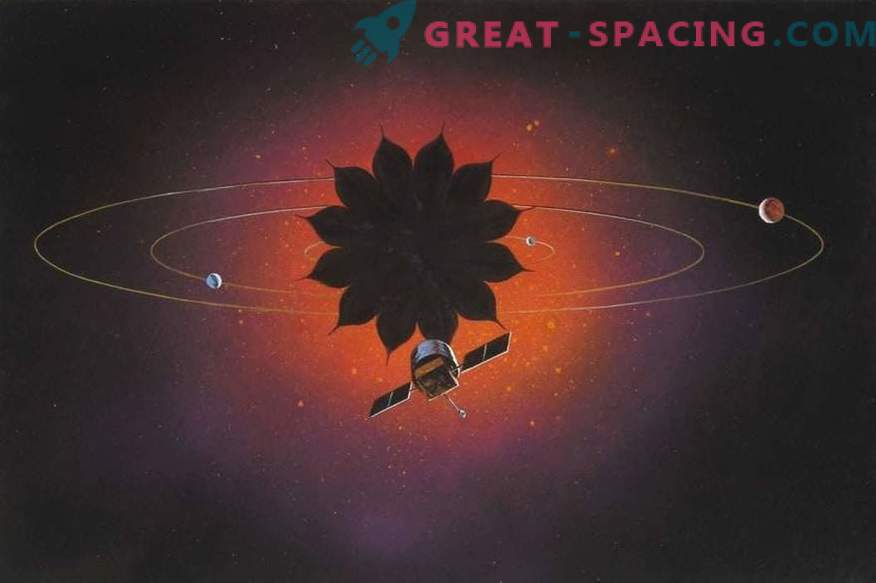
The secret lies in the “petals” of the Starshade sunflower, with a full turn, their diameter reaches 34 meters. They are designed specifically to reduce the refraction of light at the edges. Dr. Stuart Shaklan, lead engineer of the Starshade project at NASA's Jet Propulsion Laboratory, said that the less the bending of light rays, the better its brightness is darkened, and thanks to this, the telescope can get images of planets without being blinded by bright light stars.
Starshade plan to launch together with the space telescope, after which the ship will occupy a position between the telescope and the object of observation using the propulsion system on board. Alternatively, it can be used with other telescopes, for example, with the James Webb Space Telescope scheduled to be launched in 2018.

It may be that the “power of the flower” is exactly what NASA lacked to detect the true twin of Earth.
Jeremy Kasdin (Jeremy Kasdin), scientific director of the Starshade project and teacher at Princeton University, believes that this mission will provide an image of rocky, Earth-like in size, exoplanets, which is impossible to do directly from our planet. He expects that scientists using Starshade will be able to show people the full picture and prove that what now looks like a dot is in fact another Earth.

